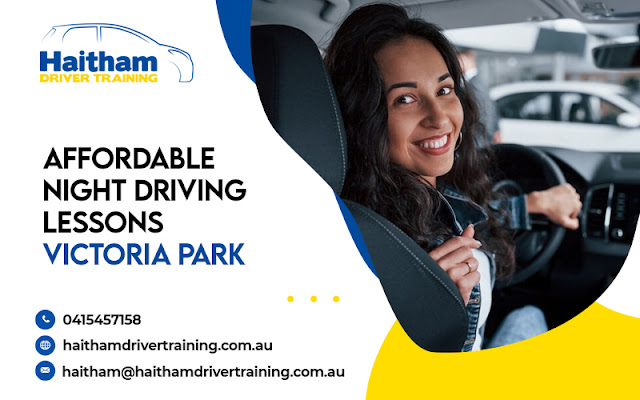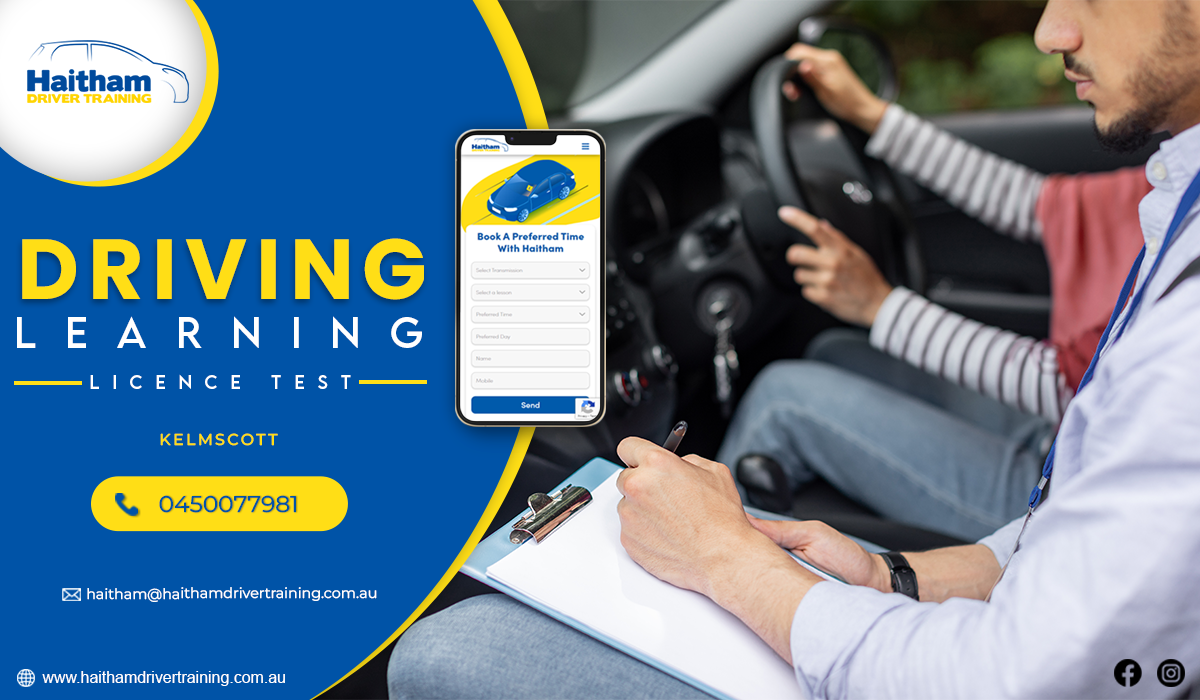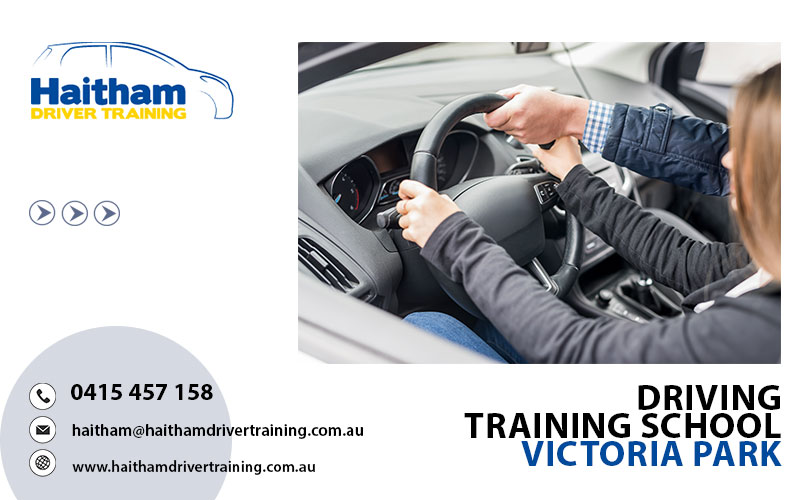5 Tips To Drive Safely At Night Time - A Trainer's Guide!
(Fun Fact)
If you are looking for
an expert Drivingtraining school in Victoria Park this is the perfect
post for you. We will demonstrate all
the major driving tips for a safe night drive.
Now Let’s dig in!
According
to the National Highway Traffic Safety Administration (NHTSA), fatal
accidents tend to be 3 times when driving at night time.
This
does make sense too!
When
driving during night time, lack of proper visibility proves to be one huge
concern for drivers (be it amateurs or
seasoned ones). You see less of the road ahead and if a roadside hazards does
come about; you have less time to stop and avoid that potential accident.
(So
in simple terms )... you have every right to be
paranoid since night driving is more perilous than you can imagine.
Night
driving requires proper concentration, control and professional training- all
of this can only be perfected by taking up affordablenight driving lessons in and across Victoria Park.
In
this post, we will discuss 5 Experts' Tips
To Safety Drive During Night Time. So follow the
post carefully!
1.
Look
To Avoid Two-Lane Highways
The
first tip to keep in mind whenever driving during night time is avoiding
two-lane highways. Believe it or not, tackling two-lane highways can often
provide you worst nighttime glare from the upcoming vehicle's headlights.
Often
such two-lane highways tend to have more sharp curves and hills in comparison
to a freeway. And if you are new to driving independently, then you must
refrain from taking such roads.
The
sensible course of action would be to take an alternative route during night
time to ensure you reach your intended destination safe and sound.
2.
Drive
Slowly & Maintain The Speed Limit
Since
driving during night time is anyway difficult; you should make it a point to
drive slowly and maintain the speed limit.
As
already explained before, approximately 37% of driving collisions and accidents
happen during night time. This is in sharp contrast to daytime which roughly
sees around 21% of accidents.
As
notable driving instructors opine - low visibility means shorter reaction time
and that's precisely why you should look to drive slowly by maintaining the
speed limit.
Take
For Example -
If your headlight shines
approximately 160 feet (give or take) ahead of you, but if you are driving at
40mph, then you will have to be 190 feet to stop.
In
simple words, you will have to hit the brakes earlier than you normally do when
driving in daylight.
So,
look to adjust your rate of acceleration keeping in mind the visibility. Doing
so will allow you to drive safely even during low-light or dinner conditions.
Aim to Angle Your Headlights Appropriately
If
your headlights tilt down way too much; you will lose visibility when driving. And
if you angle them too high, then they can simply blindside up approaching
drivers.
So,
the wise course of action would be to annually inspect the headlight angle and
ensure they are aimed appropriately. Making this small adjustment can make the
difference when driving in night time (or
low light conditions).
3.
Make
Use Of High Light Beams Whenever Necessary
Most
drivers often commit the common mistake of underutilized high light beams-
particularly in open roads or rural areas. Of course, you should avoid making
this mistake and instead look to use your high light beams whenever deemed necessary.
In
fact, you should look to dim your light beams whenever you're 500 feet within
an oncoming vehicle- just so that you don't blind-side the other driver
temporarily. Of course, when you are trailing another vehicle, refrain from
using a high light beam.
4.
Watch
Out For Wildlife
This
is a common problem which tends to happen during dusk time or at night. The
last thing you want is to collide with an animal, hurt him and in the process
hurt yourself.
To
avoid this problem; you can always make use of high beams which assist you spot
any animal's glowing eyes. And if you do come across one, you can avoid it by
simply decelerating and stopping. Refrain from swerving as it poses a potential
risk of you spinning out of control.
Again
this is not something you would want. So watch out for wildlife whenever
driving during night time.



Comments
Post a Comment